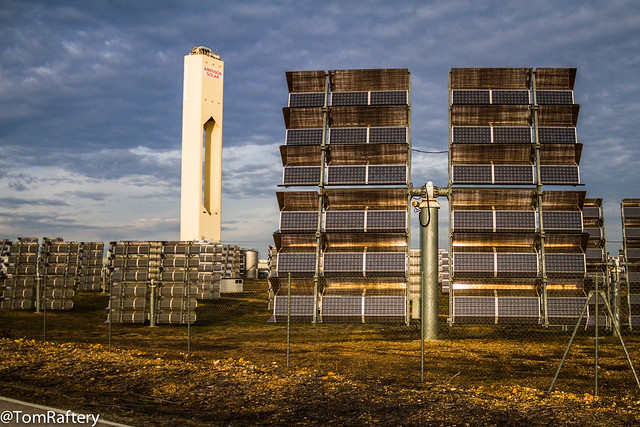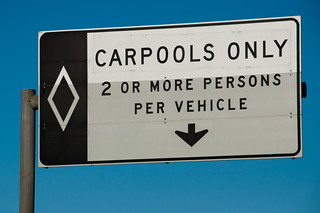Here’s the stories that we discussed in this week’s show:
Climate
- Climate change: Pacific Ocean acidity dissolving shells of key species http://www.mercurynews.com/science/ci_25664175/climate-change-pacific-ocean-acidity-dissolving-shells-key
- Esri Announces Climate Resilience App Challenge 2014 http://www.esri.com/esri-news/releases/14-1qtr/esri-announces-climate-resilience-app-challenge-2014
Cloud
- IBM Watson: A Platform for Innovation in the New Era of Computing http://asmarterplanet.com/blog/2014/04/ibm-watson-ecosystem-platform-innovation.html
- Google Stops Scanning Student Gmail Accounts for Ads http://blogs.wsj.com/digits/2014/04/30/google-stops-scanning-student-gmail-accounts-for-ads/
- Film download prices ‘to be determined by screen size’ http://www.bbc.com/news/technology-27223622
Apps
- Facebook open sources Pop for iOS, the extensible animation engine behind Paper http://thenextweb.com/facebook/2014/04/28/facebook-open-sources-pop-ios-extensible-animation-engine-behind-paper/
- Google Launches Standalone Docs and Sheets Apps for iOS and Android http://mashable.com/2014/05/01/google-launches-standalone-docs-and-sheets-apps-for-ios-and-android/
- Real talk: the new Snapchat makes texting fun again http://www.theverge.com/2014/5/1/5670260/real-talk-the-new-snapchat-makes-texting-fun-again-video-calls
- Introducing Anonymous Login and an Updated Facebook Login http://newsroom.fb.com/news/2014/04/f8-introducing-anonymous-login-and-an-updated-facebook-login/
- Meet Vhoto: This new iPhone app scans your videos to find amazing still photographs http://www.geekwire.com/2014/meet-vhoto-new-iphone-app-scans-videos-find-amazing-still-photographs/
Wearables
- Amazon’s new Wearable Technology hub showcases the latest smartwatches, activity trackers, and more http://thenextweb.com/insider/2014/04/29/amazons-new-wearable-technology-hub-showcases-latest-smartwatches-activity-trackers/
- Kid Wearables? LeapFrog Debuts Fitness Tracker for Training Wheels Set http://blogs.wsj.com/digits/2014/04/30/kid-wearables-leapfrog-debuts-fitness-tracker-for-training-wheels-set/
- Google Glass Parts Estimated to Cost Less Than $80 http://blogs.wsj.com/digits/2014/04/30/google-glass-parts-estimated-to-cost-less-than-80/
- Samsung attempts to preempt Apple’s Healthbook launch with a health-focused event of its own in late May http://9to5mac.com/2014/05/01/samsung-attempts-to-preempt-apples-healthbook-launch-with-a-health-focused-event-of-its-own-in-late-may/
- Wearable Horizons this weekend! http://www.imperica.com/en/shop/events/wearablehorizons-detail
Data Centers
- Facebook Ready to Begin Second Data Center in Iowa http://www.datacenterknowledge.com/archives/2014/04/28/facebook-ready-begin-second-data-center-iowa/
- What Will The Data Center of 2025 Look Like? http://www.datacenterknowledge.com/archives/2014/04/29/will-data-center-2025-look-like/
- AMD’s Beema, Mullins chips use software, sensor smarts to cut power, not performance http://www.pcworld.com/article/2148489/amds-beema-mullins-chips-use-software-sensor-smarts-to-cut-power-not-perfomance.html
- Google shows homegrown server with IBM Power chip http://www.pcworld.com/article/2149080/google-shows-homegrown-server-with-ibm-power-chip.html
Misc
- Skype makes group video calling free on Windows, Mac, and Xbox One; coming to all platforms ‘in the future’ http://thenextweb.com/microsoft/2014/04/28/skype-makes-group-video-calling-free-windows-mac-xbox-one-coming-platforms-future/
- Cassini Spies the Ice-Giant Planet Uranus http://www.nasa.gov/jpl/cassini/saturn-uranus-20140501/#.U2NhOi8RaGo
- McDonald’s sets new sustainability goals http://www.chicagotribune.com/business/ct-mcdonalds-social-responsibility-0430-biz-20140430,0,7798635.story






